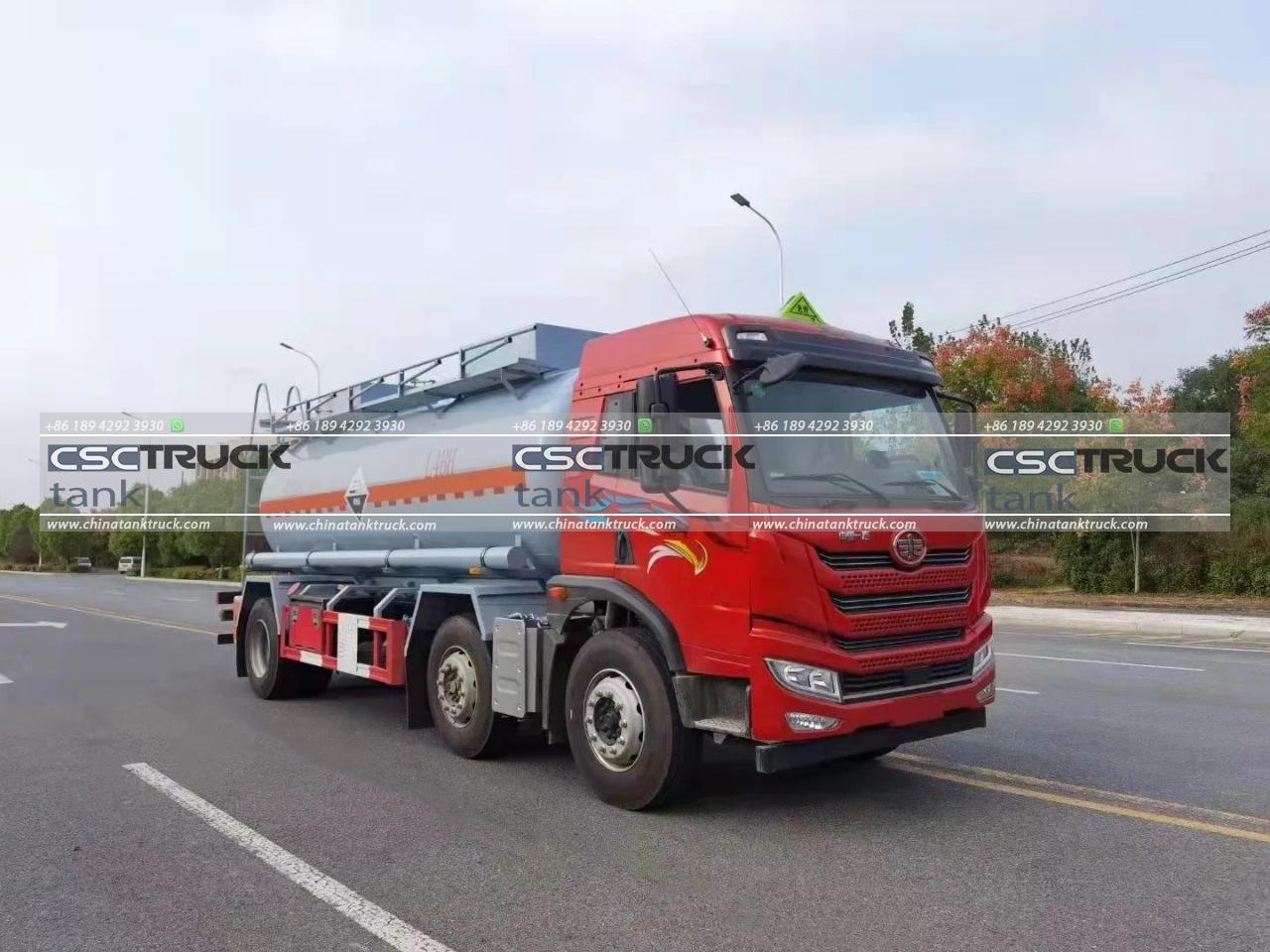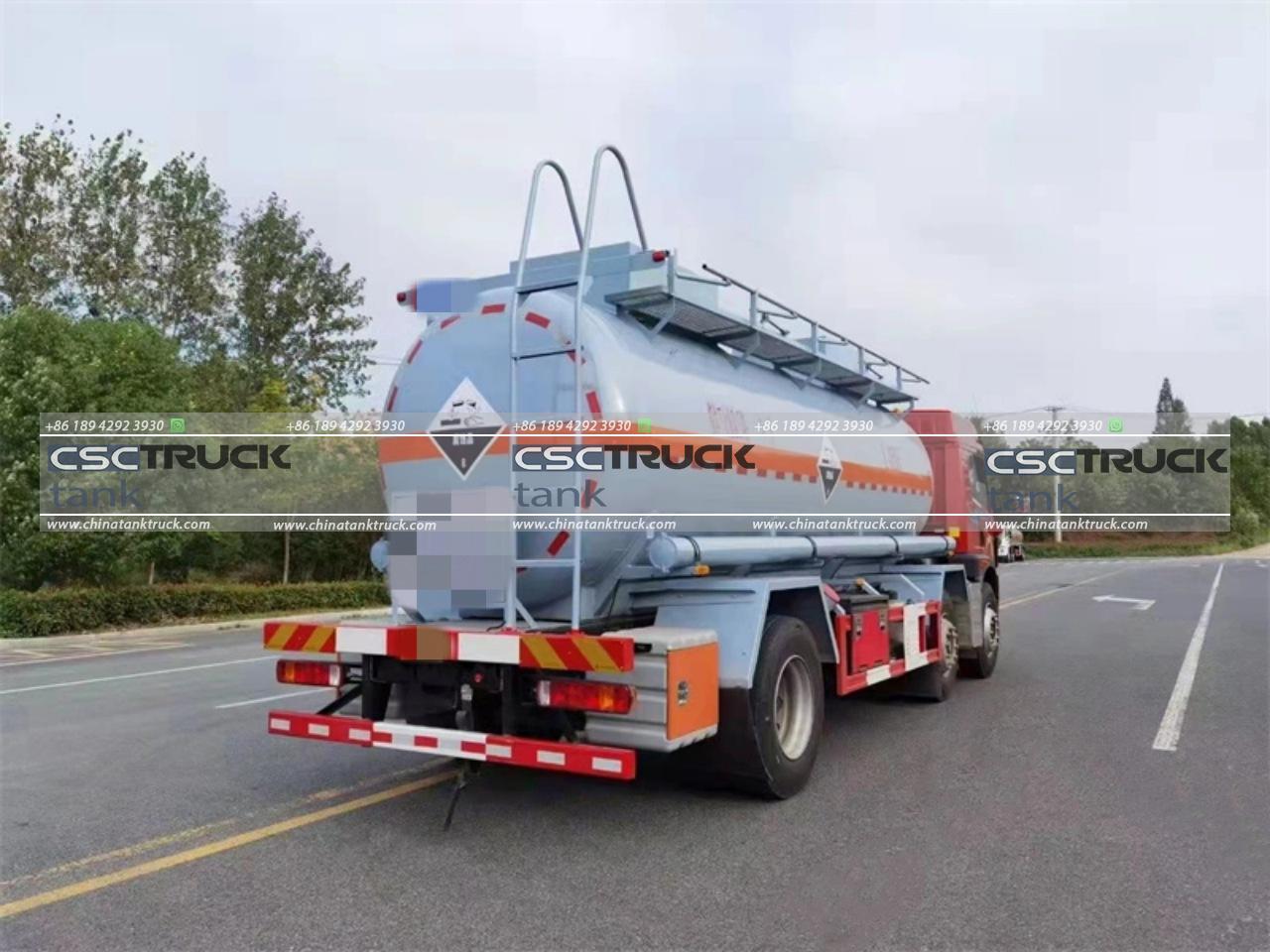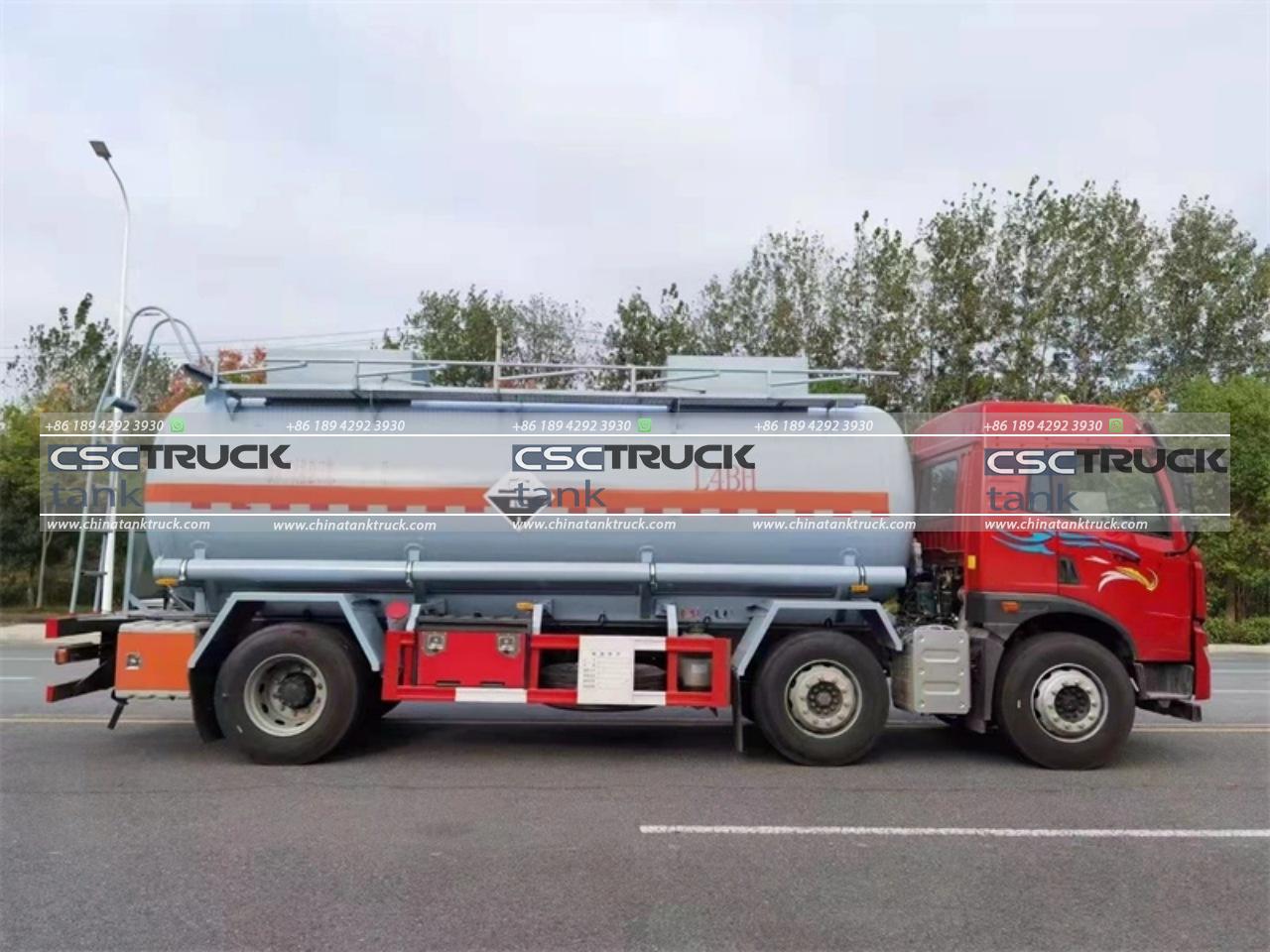Transporting corrosive materials is a complex and high-stakes operation that requires specialized equipment designed to ensure both safety and efficiency. High-quality corrosive tank trucks play a pivotal role in this process, providing a secure means of transportation for hazardous substances like acids, alkalis, and other chemical compounds. These vehicles are engineered to withstand the harsh effects of corrosive materials, preventing leaks, spills, and contamination. This article explores the critical aspects of these tank trucks, their design features, safety measures, and the importance of quality in their construction and maintenance.
The Importance of Corrosive Tank Trucks
Corrosive materials are substances that can cause damage to metals, human tissue, and other materials upon contact. Their transport is essential in various industries, including chemical manufacturing, pharmaceuticals, petroleum refining, and agriculture. However, the hazardous nature of these substances necessitates robust and reliable transport solutions. Corrosive tank trucks are specially designed to handle these dangerous goods, ensuring they are delivered safely from one location to another without posing a risk to human health or the environment.

Design Features of High-Quality Corrosive Tank Trucks
The design of corrosive tank trucks incorporates several key features to enhance safety and durability:
1. Material Selection
The tanks are typically made from materials resistant to corrosion, such as stainless steel, carbon steel with special coatings, or high-grade polymers. Stainless steel is often preferred for its durability and resistance to a wide range of corrosive chemicals. In some cases, the interior of the tanks may be lined with a protective layer of rubber or other corrosion-resistant materials to further prevent chemical reactions between the transported substance and the tank walls.
2. Structural Integrity
High-quality corrosive tank trucks are built with a focus on structural integrity. The tanks are designed to withstand the physical stresses of transport, including vibrations, impacts, and pressure changes. Reinforced welding and seamless construction techniques are employed to ensure that the tanks are leak-proof and robust enough to handle the harsh conditions they may encounter on the road.
3. Advanced Sealing Mechanisms
To prevent leaks and spills, these trucks are equipped with advanced sealing mechanisms. This includes high-quality gaskets and seals made from materials resistant to the transported chemicals. Proper sealing not only protects the environment but also ensures the safety of the personnel involved in loading, unloading, and transporting the materials.
4. Pressure and Temperature Control
Corrosive materials often require specific temperature and pressure conditions to remain stable. High-quality tank trucks are equipped with systems to monitor and control these parameters. This may include insulation to maintain the required temperature and pressure relief valves to prevent over-pressurization.
Safety Measures in Corrosive Tank Trucks
Safety is paramount in the transport of corrosive materials. High-quality corrosive tank trucks incorporate several safety measures to protect both the driver and the public:
1. Emergency Response Systems
These trucks are equipped with emergency response systems to handle accidents or spills. This includes spill containment features, such as drip pans and containment basins, as well as emergency shut-off valves that can quickly stop the flow of chemicals in case of a breach.
2. Driver Training and Safety Protocols
Drivers of corrosive tank trucks receive specialized training to handle hazardous materials safely. They are trained in emergency response procedures, proper loading and unloading techniques, and the use of personal protective equipment (PPE). Regular safety drills and adherence to strict safety protocols ensure that drivers are prepared to deal with any emergencies that may arise.
3. Real-Time Monitoring and Tracking
Modern corrosive tank trucks are often equipped with GPS and real-time monitoring systems. These technologies allow for continuous tracking of the vehicle’s location, speed, and condition. In case of any deviations or issues, alerts can be sent to the relevant authorities, enabling a swift response to potential problems.
4. Regulatory Compliance
High-quality corrosive tank trucks comply with national and international regulations governing the transport of hazardous materials. This includes adherence to standards set by organizations such as the Department of Transportation (DOT) in the United States, the European Agreement concerning the International Carriage of Dangerous Goods by Road (ADR), and other relevant regulatory bodies. Compliance ensures that the trucks meet the highest safety standards and reduces the risk of accidents.

The Role of Quality in Construction and Maintenance
The quality of construction and maintenance of corrosive tank trucks directly impacts their performance and safety. Investing in high-quality materials and construction techniques results in more durable and reliable vehicles. Regular maintenance and inspection are crucial to identify and address potential issues before they lead to accidents or leaks.
1. Quality Construction
High-quality corrosive tank trucks are constructed using the best materials and techniques. Manufacturers employ skilled engineers and technicians who understand the unique challenges of transporting corrosive materials. The use of advanced manufacturing processes, such as automated welding and precision machining, ensures that the tanks are built to exacting standards.
2. Regular Maintenance and Inspection
Maintaining high-quality corrosive tank trucks involves regular inspections and maintenance to ensure they remain in optimal condition. This includes checking for signs of wear and tear, corrosion, and mechanical issues. Regular maintenance helps to extend the lifespan of the trucks and prevents costly breakdowns and accidents.
3. Upgrading and Retrofitting
As technology advances, it is essential to upgrade and retrofit older corrosive tank trucks to meet current safety standards. This may involve installing new monitoring systems, upgrading seals and gaskets, or applying new coatings to improve corrosion resistance. Keeping the fleet up-to-date ensures continued safety and efficiency in the transport of corrosive materials.
Conclusion
High-quality corrosive tank trucks are vital for the safe and efficient transport of hazardous materials. Their specialized design, robust construction, and comprehensive safety measures make them indispensable in industries that handle corrosive substances. Investing in quality construction and regular maintenance not only enhances the safety and reliability of these vehicles but also protects the environment and public health. As the demand for corrosive materials continues to grow, the importance of high-quality tank trucks will only increase, making them a crucial component of the modern industrial landscape.


